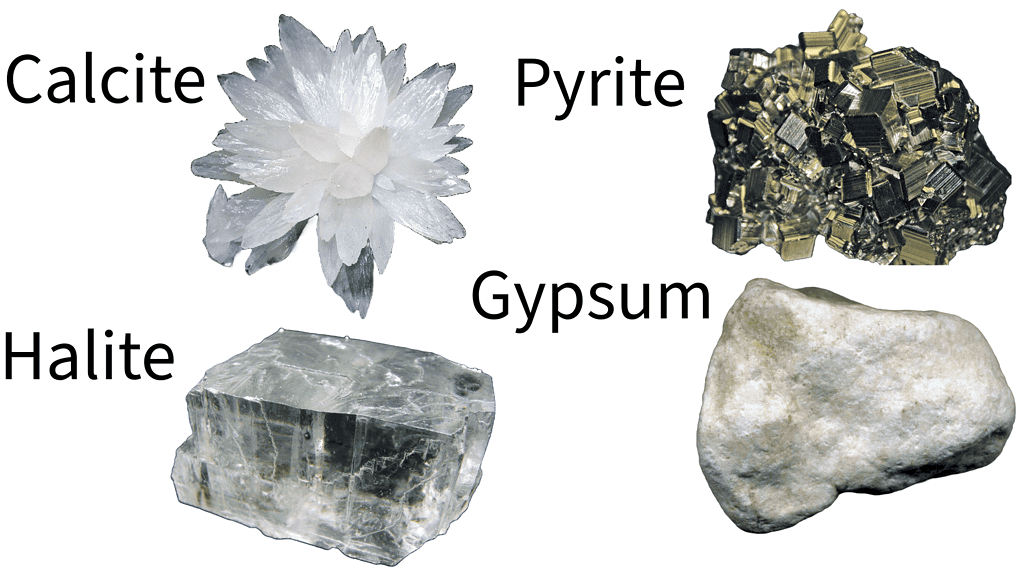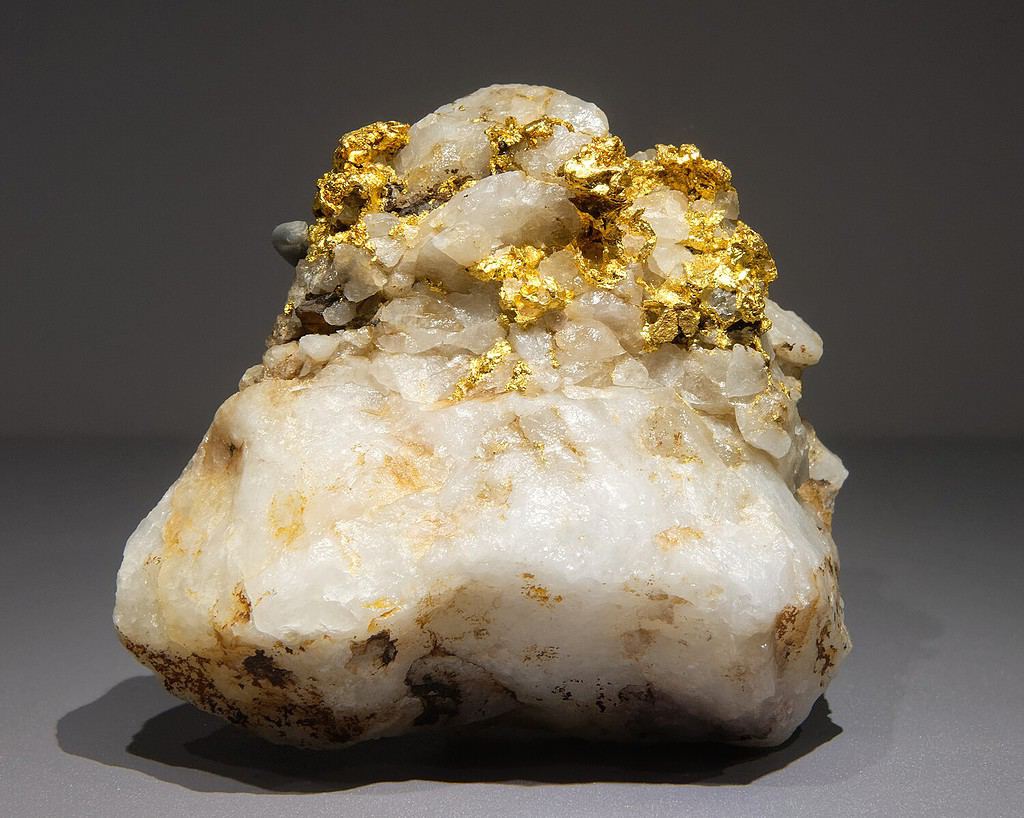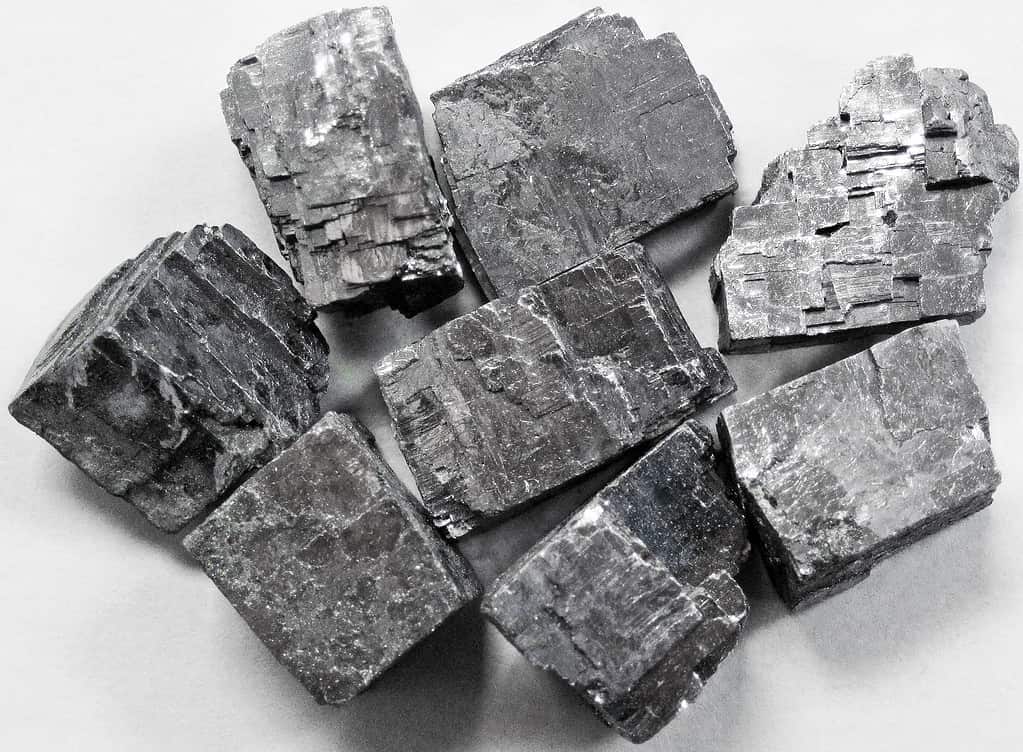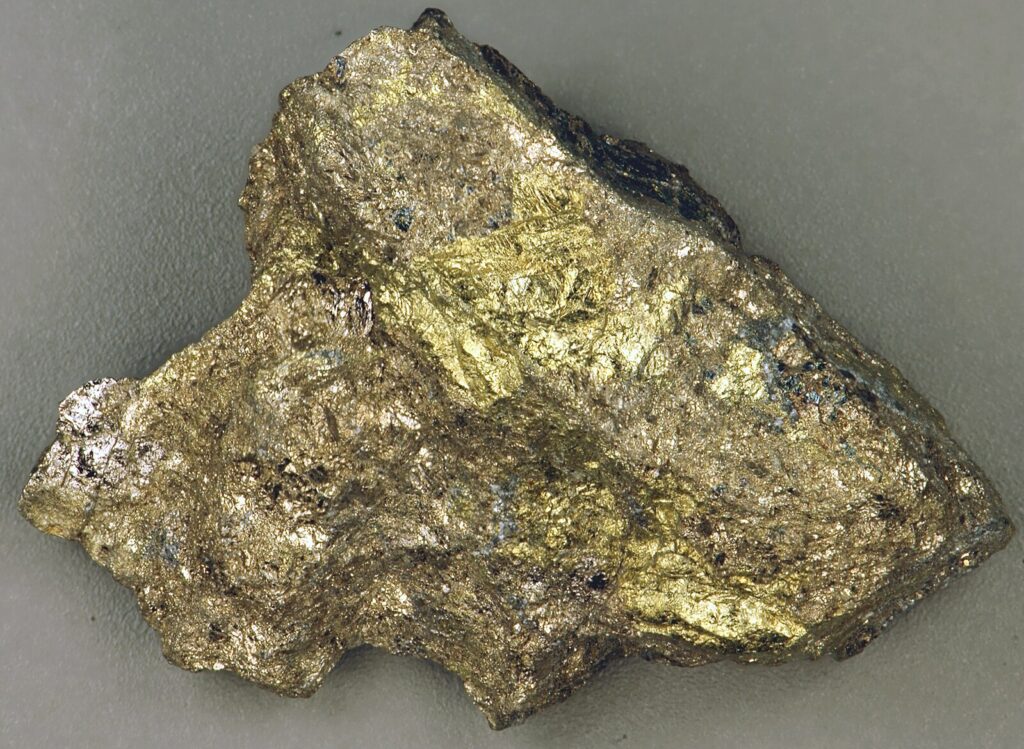
Nonsilicate minerals are a diverse group of minerals that, unlike silicates, do not contain silicon-oxygen compounds. It may seem strange to split minerals into some that have and some that don’t have these two elements but silicon and oxygen are the two most common elements in the Earth’s crust. In fact, in the crust, silicates are way more common than nonsilicates.
Nevertheless, nonsilicates are, in turn, comprised of a wide range of classes, including native elements, carbonates, halides, sulfates, sulfides, oxides, and phosphates, each with unique chemical compositions and physical properties.
These minerals form through various processes (such as crystallization from solutions, direct precipitation, and high-pressure conditions) and can be found in numerous environments. They are also integral to many aspects of human life, from construction and electronics to agriculture and jewelry.
The types of non-silicate minerals
Nonsilicate minerals are categorized into several classes based on their chemical composition, each with distinct characteristics and a variety of minerals.
- Native Elements: This class consists of minerals composed of a single element. Gold, silver, and copper are classic examples. They are primarily known for their economic value and are extensively used in jewelry and various industrial applications.
- Carbonates: Carbonates are minerals that contain carbonate groups (CO3). Calcite and dolomite are common examples. These minerals are often formed in sedimentary environments and are key components in limestone and marble.
- Halides: Comprising minerals that are salts, such as halite (rock salt) and fluorite, the halide class is known for its solubility in water. These minerals are critical in various industries, including food production and chemical manufacturing.
- Sulfates: Sulfates contain the sulfate ion (SO4). Minerals like gypsum and anhydrite fall under this category. They are widely used in construction, especially in drywall manufacturing.
- Sulfides: This class includes minerals containing sulfur and one or more metals. Pyrite, also known as fool’s gold, is a well-known sulfide mineral. Sulfides are important sources of various metals used in industry, such as copper, lead, and zinc.
- Oxides: Oxides are composed of oxygen and one or more other elements. Hematite and magnetite, both iron ores, are prime examples. These minerals are integral to the production of various metals.
- Phosphates: Including minerals like apatite, the phosphate class is essential for agriculture. Phosphates are the primary source of phosphorus fertilizer. Phosphates are also crucial in biological processes.
All of this points to the striking diversity of nonsilicate minerals. They form in different ways, they can have different types of chemistry, and they are found in different types of rocks.

How non-silicate minerals form
As mentioned, nonsilicates are formed through various geological processes, which significantly influence their occurrence and distribution. Unlike silicate minerals, which are predominantly formed from the cooling and solidification of magma, nonsilicate minerals often have more varied origins. Here are just some of them:
- Crystallization from solutions: Many nonsilicate minerals, especially halides and sulfates like halite and gypsum, respectively, form through the evaporation of mineral-rich water bodies. This process leads to the concentration and crystallization of these minerals. This is commonly observed in arid regions and salt lakes.
- Direct precipitation: Carbonates like calcite often form through direct precipitation from marine or freshwater. This process is influenced by changes in temperature, pH, and the presence of biological activity, which can lead to the formation of extensive limestone deposits.
- High-pressure and high-temperature conditions: Some nonsilicate minerals, particularly certain oxides and sulfides, form under extreme conditions. For instance, the formation of diamonds, a native element entirely made of carbon, requires exceptionally high pressure and temperature, typically found deep within the Earth’s mantle.
- Biological processes: Several phosphate minerals, such as apatite, are directly linked to biological processes. They are commonly found in sedimentary rocks that are rich in organic material.
Nonsilicate minerals are widespread. They are found in diverse environments, from dry deserts and salt flats to deep ocean beds and mountain ranges. This makes them readily available for practical applications.

Properties of Nonsilicate Minerals
- Physical Properties:
- Density and Hardness: Nonsilicate minerals exhibit a wide range of densities and hardness. For example, diamonds (native elements) are among the hardest known substances, while halite (halides) is relatively soft and easily soluble in water.
- Luster and Color: The luster of nonsilicate minerals varies greatly, from the metallic shine of pyrite (sulfides) to the glassy appearance of quartz (oxides). Color is another distinguishing feature, with minerals like azurite (carbonates) displaying vibrant hues.
- Chemical Properties:
- Reactivity: The reactivity of nonsilicate minerals can vary significantly. Some, like calcite (carbonates), readily react with acids, while others, like quartz (oxides), are more chemically inert.
- Solubility: Solubility is a key feature, particularly for halides and sulfates. Minerals like halite are highly soluble in water.
- Thermal and Electrical Properties:
- Thermal Conductivity: Some nonsilicate minerals, such as diamonds, are excellent conductors of heat. Others, like gypsum, have insulating properties.
- Electrical Conductivity: The electrical properties of nonsilicates also vary. For instance, graphite (a native element) is a good conductor of electricity, while most other nonsilicates are insulators.
These properties not only make nonsilicate minerals fascinating subjects for study but also contribute to their widespread use in various applications, from construction and manufacturing to jewelry and electronics. Understanding these properties is crucial when choosing the right mineral for the right application.

Uses of Nonsilicate Minerals in Everyday Life
- Industrial Uses:
- Construction: Gypsum is a primary ingredient in drywall, providing an efficient and fire-resistant wall covering. Calcite, a carbonate mineral, is used in cement and as a base material in many construction projects.
- Metallurgy: Hematite and magnetite, both iron oxides, are key in the forging of iron and steel. Sulfide minerals like galena (lead sulfide) and sphalerite (zinc sulfide) are important sources of these metals.
- Everyday Items:
- Electronics: Quartz, a form of silicon dioxide, is used in the manufacturing of computer chips and electronic components due to its piezoelectric properties.
- Jewelry and Ornamentation: Diamonds, graphite, and other native elements are highly valued for their aesthetic and industrial qualities. Diamonds are renowned for their use in jewelry, while graphite is used in pencils and as a lubricant.
- Agriculture and Food Production:
- Fertilizers: Apatite, a phosphate mineral, is a crucial ingredient in phosphate fertilizers, playing a vital role in global food production.
- Food Additives: Halite, better known as rock salt, is not only a dietary staple but also a fundamental element in food preservation and flavoring.
- Environmental Applications:
- Water Treatment: Certain nonsilicate minerals are used in water purification processes. For instance, calcite can be used to neutralize acidic water.
These examples underscore the significance of nonsilicate minerals in our daily existence. They are not just static components of the Earth’s crust, but dynamic and essential elements that facilitate and enhance various aspects of human life.
Environmental and Economic Impact
The extraction and use of nonsilicate minerals have both environmental and economic implications. While these minerals are indispensable to various industries, their mining and processing can have significant environmental impacts.
- Environmental Concerns:
- Land Degradation: Mining activities, especially open-pit mining, can lead to significant land disturbance and habitat loss.
- Water Pollution: The runoff from mineral extraction sites can carry pollutants into nearby water bodies, affecting aquatic ecosystems.
- Energy Consumption and Emissions: The processing of these minerals often requires substantial energy, contributing to greenhouse gas emissions.
- Economic Significance:
- Job Creation: The mining and processing industries related to nonsilicate minerals provide employment opportunities in many regions.
- Contribution to GDP: These minerals, particularly those used in construction and metallurgy, significantly contribute to the gross domestic product of many countries.
- Global Trade: Nonsilicate minerals are often part of global trade, with some countries being major exporters or importers, affecting international economic dynamics.
Balancing the economic benefits with environmental stewardship is a continuing challenge in the management of nonsilicate mineral resources. Efforts towards sustainable mining practices and responsible consumption are essential in mitigating the environmental impact while reaping the economic advantages.
Nonsilicate minerals are often overshadowed by their silicate counterparts, but they are nonetheless vital to our planet and our lives. From forming the basis of numerous industries to being a part of everyday items, their impact is profound and multifaceted.






